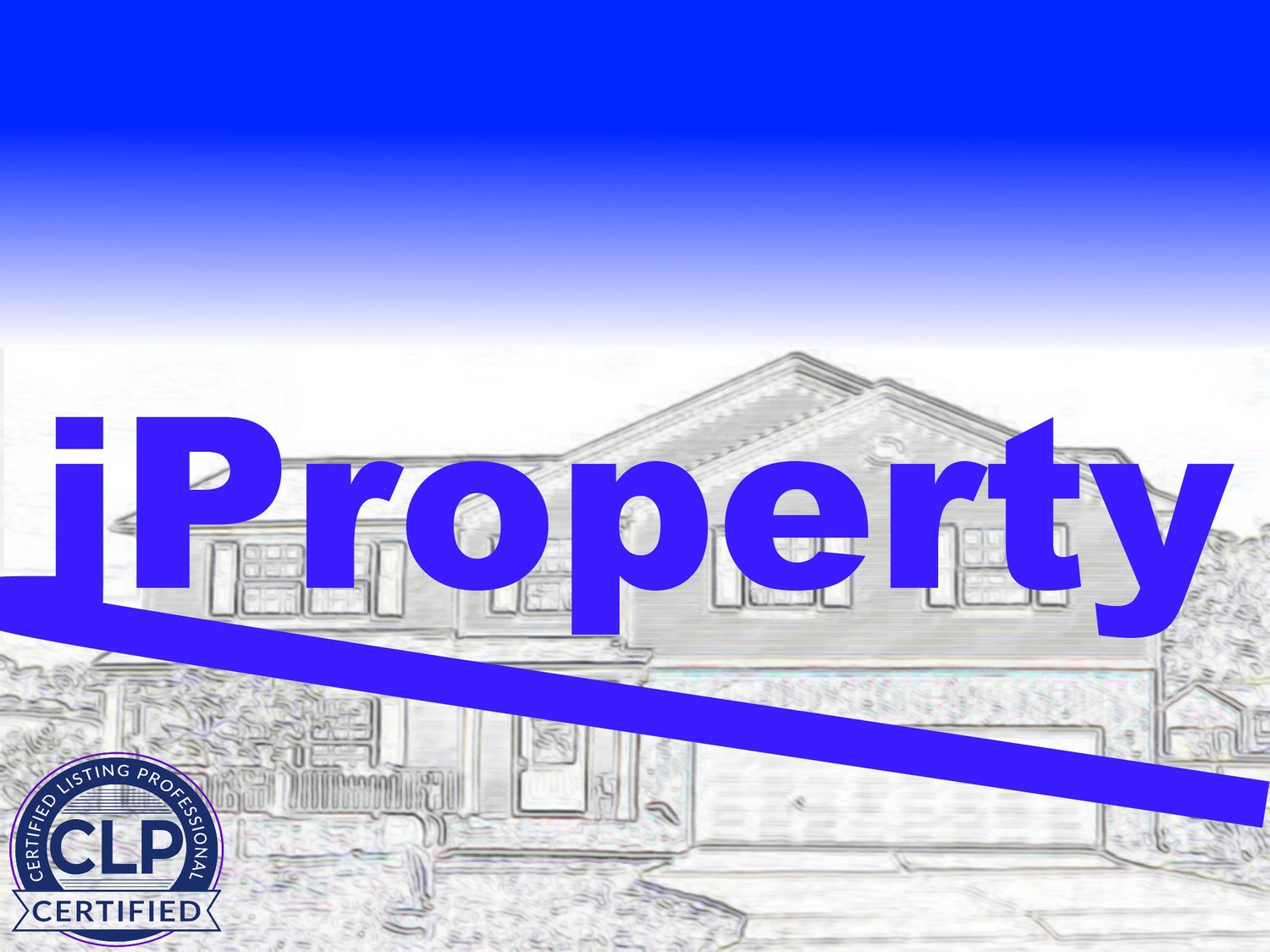Welcome To Dunn, NC
About Dunn, North Carolina
Dunn is a city in Harnett County, North Carolina, United States. The population was 9,263 at the 2010 census, and an estimated 9,718 in 2018. It is the anchor city of the Dunn Micropolitan Area, population 114,678 (2010 census), which is a part of the greater Raleigh–Durham–Cary Combined Statistical Area (CSA) as defined by the United States Census Bureau.
History
Originally called "Lucknow", what would become present-day Dunn was a sleepy hamlet compared to Averasborough, a much larger city on the Cape Fear River. After the Battle of Averasborough in 1865, most residents from Averasborough left for Lucknow, renamed "Dunn" in 1873.
The city of Dunn was incorporated on February 12, 1887, at which time it was a logging town and a turpentine distilling center. The name honors Bennett Dunn, who supervised the construction of the railway line between Wilson and Fayetteville.
The Dunn Commercial Historic District, Harnett County Training School, Kenneth L. Howard House, Lebanon, Gen. William C. Lee House, John A. McKay House and Manufacturing Company, and John E. Wilson House are listed on the National Register of Historic Places.
Geography
Dunn is located in eastern Harnett County at 35°18′37″N 78°36′39″W (35.310360, -78.610836). It is bordered to the west by the town of Erwin. U.S. Route 301 (Clinton Avenue) passes through the center of Dunn, leading northeast 6 miles (10 km) to Benson and southwest 25 miles (40 km) to Fayetteville. U.S. Route 421 (Cumberland Street) crosses US-301 in the center of Dunn, leading northwest through Erwin 15 miles (24 km) to Lillington, the county seat, and southeast 28 miles (45 km) to Clinton. Interstate 95 passes through the east side of Dunn, with access from Exits 72 and 73. I-95 leads northeast 50 miles (80 km) to the Wilson area and southwest to the Fayetteville area.
According to the United States Census Bureau, the city of Dunn has a total area of 6.5 square miles (16.8 km2), all of it land.
Demographics
There were 3,797 households out of which 27.7% had children under the age of 18 living with them, 40.6% were married couples living together, 19.8% had a female householder with no husband present, and 36.2% were non-families. 32.7% of all households were made up of individuals and 15.9% had someone living alone who was 65 years of age or older. The average household size was 2.35 and the average family size was 2.99.As of the census of 2000, there were 9,196 people, 3,797 households, and 2,422 families residing in the city. The population density was 1,482.2 people per square mile (572.7/km²). There were 4,100 housing units at an average density of 660.8 per square mile (255.3/km²). The racial makeup of the city was 54.56% White, 41.21% African American, 0.97% Native American, 0.60% Asian, 0.07% Pacific Islander, 1.28% from other races, and 1.32% from two or more races. Hispanic or Latino of any race were 2.24% of the population.
In the city, the population was spread out with 25.1% under the age of 18, 7.8% from 18 to 24, 25.3% from 25 to 44, 23.5% from 45 to 64, and 18.4% who were 65 years of age or older. The median age was 39 years. For every 100 females, there were 79.9 males. For every 100 females age 18 and over, there were 74.2 males.
The median income for a household in the city was $28,550, and the median income for a family was $39,521. Males had a median income of $31,029 versus $21,961 for females. The per capita income for the city was $19,178. About 19.6% of families and 23.5% of the population were below the poverty line, including 32.2% of those under age 18 and 19.2% of those age 65 or over.





